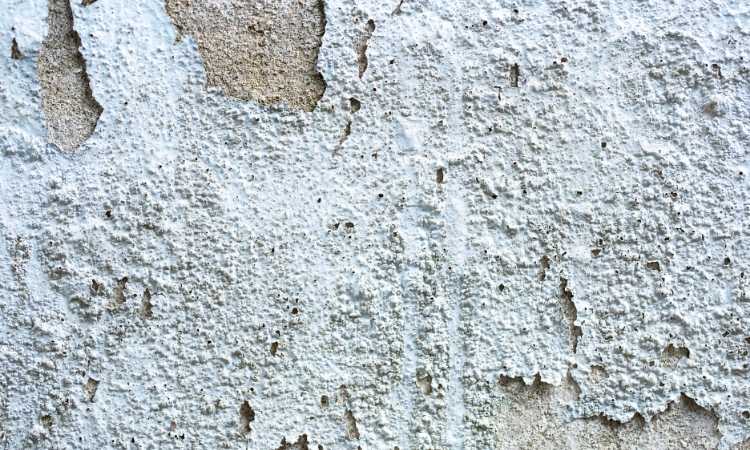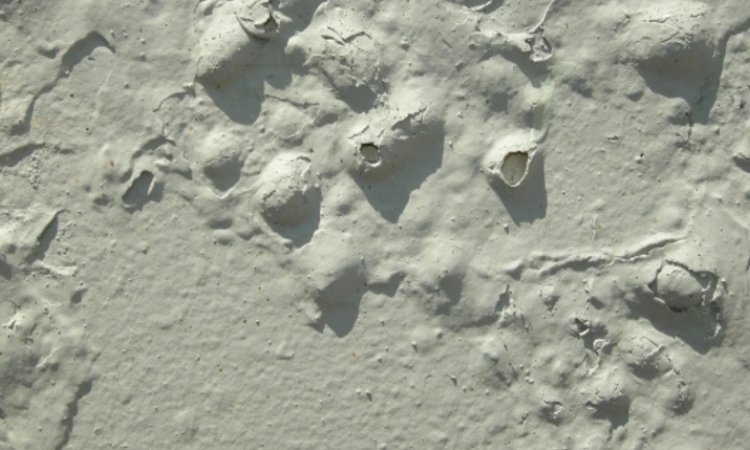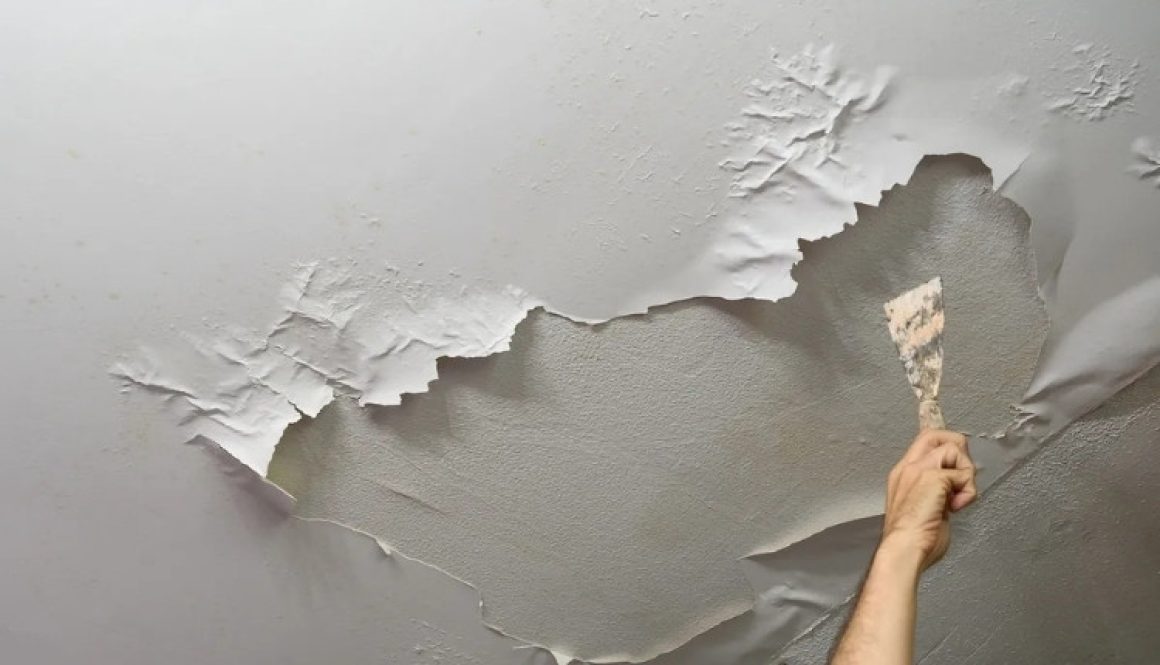7 Common Causes of Paint Bubbling on Walls and How to Fix
One very common issue that people in Singapore face is paint bubbling. The blisters and bubbles start to build up under the surface of the paint, peeling the paint gradually and costing tons of money. There are 7 common causes of paint bubbling that you must be aware of.
Read this post in which we’ll reveal all the common causes of paint bubbling and also how to fix them so you can get rid of this issue once and for all. Also, LS Painter Singapore offers the best residential painting, house painting, and commercial painting services in Singapore.
7 Common Causes of Paint Bubbling on walls and How to Fix
Paint bubbling on walls looks extremely bad and also causes the paint to peel off sooner, which leads to hefty repaints and sometimes new paint. These are the 7 common causes of paint bubbling on walls and how to fix them.
1. Moisture Getting Trapped Under the Paint
Water loves to sneak behind paint like a sneaky ninja. It builds up pressure trying to get out, and that’s when your paint starts bubbling like popcorn. Bathrooms and basements are the usual suspects because they’re often damp.
If you ignore the moisture, the bubbles will keep coming back like that annoying pop song you can’t get out of your head. Stop the leak or fix the ventilation first. Then, scrape off the bubbly mess, let the wall dry like it just got out of the shower, and repaint with a moisture-friendly primer.

2. Painting Over a Dirty Wall
If you paint over a dirty wall, the paint won’t stick on it so easily due to the dirt and the moisture trapped inside. It’ll eventually cause the paint to bubble.
To avoid this issue, clean your wall properly. Soap and water, or a mild cleaner, will do the trick. Let it dry completely, or else your paint job will be that flaky friend who never shows up.
3. Putting on Paint Too Thick
Thick paint looks like it’ll cover better, but it traps wetness underneath like a bad roommate hiding snacks. The surface dries first, but the wet stuff below puffs up, causing bubbles.
Keep it thin and chill. Paint a coat, wait for it to dry, then come back for round two. Rushing only gives you a bubbly disaster waiting to happen.
4. Painting When It’s Too Cold or Humid
Cold or humid air slows drying way down. Paint sits wet too long, giving bubbles the time to form and party on your walls.
Choose your painting day like you pick your lottery numbers, wisely. If you can’t, grab paint made for tough conditions or crack a window to let the air move. Otherwise, expect bubbles to crash your paint party.
5. Mixing Paint Types That Don’t Match
The mistake that many people in Singapore make is that they use different types of paint together, not knowing that different paint types don’t match or stick together.
Know your paint type before you start. Switching from oil to latex? Sand it down gently and prime the wall. Otherwise, expect the bubbly rebellion.
6. Skipping Proper Wall Prep
Trying to paint over peeling, cracked, or rough walls is like putting a Band-Aid on a broken leg. The new paint won’t stick and will bubble or peel off faster than you can say “oops.”
Take the time to scrape, sand, and fill cracks. It’s annoying, but your wall will thank you by holding the paint better and looking sharp for longer.

7. Painting Over Old Paint Layers Without Removing Them
Too many old paint layers or damaged paint underneath are the silent killers of any fresh paint job. New paint on top won’t stick well, and bubbles will pop up as a result.
Strip it off or sand the wall down until it’s smooth. Fresh canvas, fresh start. No bubbles invited.
Final Words
Paint bubbling is quite common in Singapore, and it’s a serious concern as it causes the paint to peel off faster. That causes the free repaints that cost a lot of money. There are mainly seven common causes of paint bubbling on walls, and how to fix them.
First, moisture trapped behind paint pushes it up, so stop leaks and dry the wall fully. Next, painting over dirty walls blocks paint from sticking, so clean and dry the surface well.
Thick paint layers trap air inside, so apply thin coats and let each dry. Cold or humid weather slows drying, so paint in dry, warm conditions.
Latex over oil paint without prep causes bubbles; sand and prime first. Skipping wall prep leaves cracks and peeling, so scrape and smooth the wall. Lastly, old paint layers weaken new paint, so remove or sand them before repainting.


